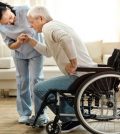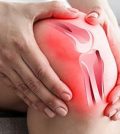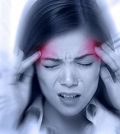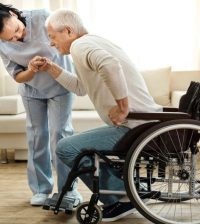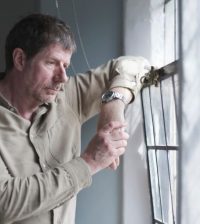- Fragments of Bird Flu Virus Found in 1 in 5 Milk Samples
- Clients Got HIV Through ‘Vampire Facial’ Microneedling Treatments
- Take the Stairs & Step Up to Longer Life
- ‘Drug Take Back Day’ is Saturday: Check for Leftover Opioids in Your Home
- Loneliness Can Shorten Lives of Cancer Survivors
- A Stolen Dog Feels Like Losing a Child, Study Finds
- Healthier Hearts in Middle Age Help Black Women’s Brains Stay Strong
- Better Scans Spot Hidden Inflammation in MS Patients
- Which Patients and Surgeries Are ‘High Risk’ for Seniors?
- Vancomycin May Be Losing Strength Against Common Deadly Infection
Head Injuries Common in Nursing Home Falls: Study

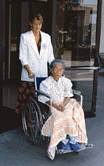
MONDAY, Oct. 7When seniors in long-term care facilities fall, more than a third hit their heads, a new study shows.
Researchers analyzed video footage of 227 falls suffered by 133 seniors in a long-term care facility and found that they struck their heads in 37 percent of the incidents. People hit their head on the floor in 63 percent of such cases, most often striking hard flooring, such as tile or linoleum. Sixteen percent struck their head on furniture and 13 percent hit their head on a wall.
The finding that head impact occurred in that many falls is alarming, said study author Stephen Robinovitch, of Simon Fraser University in Vancouver, British Columbia, and colleagues. He noted that young people rarely strike their head when they fall.
The study was published Oct. 7 in the CMAJ (Canadian Medical Association Journal).
The risk for head impact was much higher for forward falls than for backward falls, and attempts to use the arms to break falls were ineffective, according to a journal news release.
“Although we cannot identify why hand impact was generally ineffective in halting downward movement and preventing head impact, likely causes include ineffective arm placement; non-optimal muscle tone or muscle activation at impact; and insufficient strength in upper-limb, neck and trunk muscles, which is amenable to improvement through resistance training,” the researchers wrote.
They said their findings suggest a number of areas for improvement, including better procedures to detect possible brain injuries due to falls in long-term care residents and exercises to strengthen upper limbs.
Creating a safer environment is another suggestion — such as adding a flooring sub-layer that is soft enough to cushion the impact but not so soft that it impairs balance.
More information
The U.S. National Institute on Aging has more about older adults and falls.
Source: HealthDay
Copyright © 2024 HealthDay. All rights reserved.

